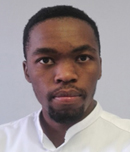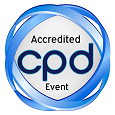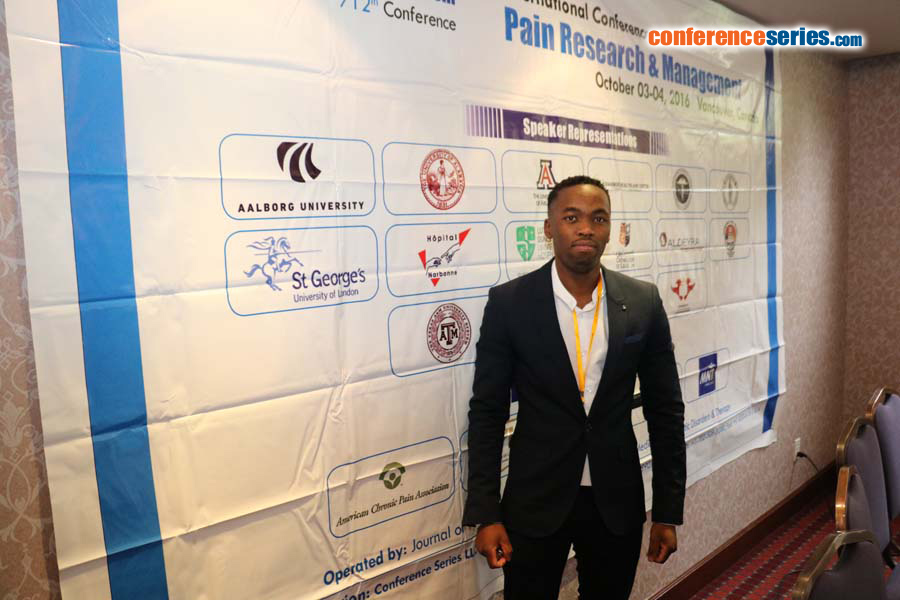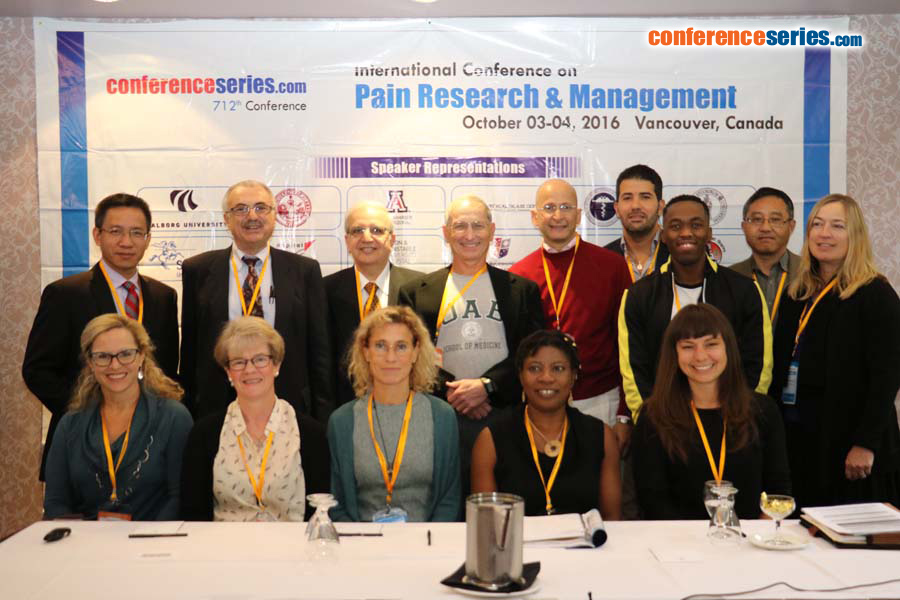
Nteleki Bahle
University of Johannesburg, South Africa
Title: The use of phototherapy and podiatric intervention to manage chronic lower limb ulcerations in patients with type II diabetes mellitus: A pilot study
Biography
Biography: Nteleki Bahle
Abstract
The nature of chronic diabetic limb ulcerations makes them generally difficult to manage and resolve. Management of diabetic ulcers is extremely challenging and commonly requires a multi-disciplinary approach. Phototherapy, or low level laser therapy (LLLT), is a therapeutic treatment modality which has been found to enhance the wound healing characteristics in previous studies. This study aimed to establish whether the application of phototherapy and podiatric interventions improves the rate of wound healing in chronic diabetic foot ulcers. A single-blinded randomized placebo-controlled design were utilized to study chronic lower limb ulcers affecting patients with type II DM. Ulcers are divided into 3 groups: Group 1 was treated with podiatric management and placebo phototherapy; Group 2 was treated similarly but with the addition of phototherapy to the ulcer/s at 3 joules per square centimeter (J/cm2) and; Group 3 was treated similarly but in addition to laser treatment of the ulcer/s, phototherapy was also applied to the regional lymphatic nodes. Six patients, with a mean age of 65 years, were treated. Ulcers responded equally well to podiatric treatment protocols, while those exposed to phototherapy showed no adverse side-effects. 25% of ulcers in group 1, and 40% of ulcers in both Groups 2 and 3 resolved completely. The rate of resolution varied from 12 days to 90 days. It is apparent that, this modality may have a beneficiary affect in decreasing the patient’s levels secondary complications, improving wound regeneration and patients quality of life.



